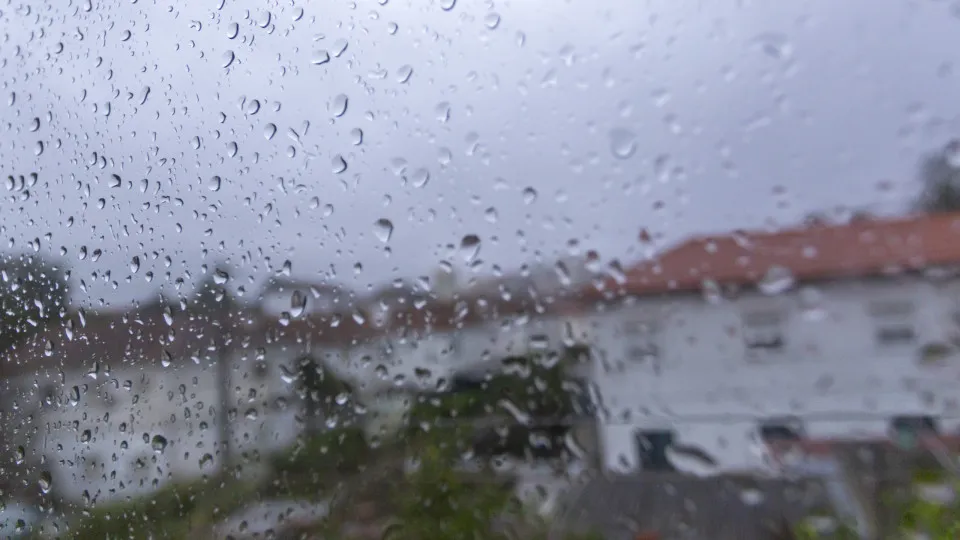The preliminary report on the Elevador da Glória accident that resulted in the death of 16 people was released on Monday, revealing, among other findings, that the cable connecting the elevator’s two cabins, which failed at the derailment point, “was not certified for use in passenger transport installations” and did not comply with Carris specifications.
The full report is available here, but key conclusions are summarized below, focusing on the inappropriate cable.
In addition to the 16 fatalities, 20 injuries were reported. The victims included both Portuguese and foreign nationals.
The “multiply non-compliant” cables
The Aircraft and Railway Accident Investigation Office (GPIAAF) noted that the cable in question “was not suitable to be installed with swivels at its ends, as is the system in the Glória elevator (and the Lavra elevator).”
The investigation identified procurement process failures by Carris and in the company’s internal control mechanisms responsible for the elevators.
“The use of cables multiply non-compliant with specifications and usage restrictions was due to several accumulated failures in their procurement, acceptance, and application by Companhia Carris de Ferro de Lisboa (CCFL), whose organizational internal control mechanisms were insufficient or inadequate to prevent and detect such failures,” states the GPIAAF.
However, this entity notes that previously, identical cables had been in use for 601 days in the Glória elevator (and 606 days in the Lavra elevator) without incidents.
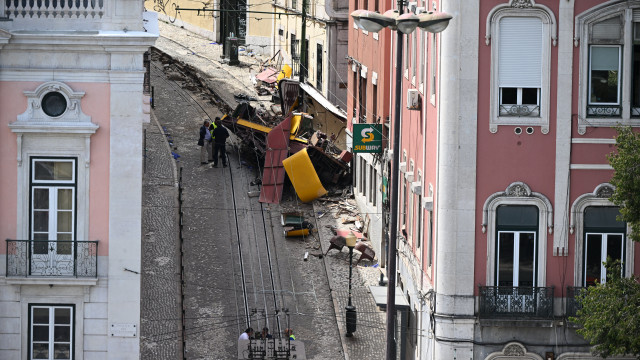
The cable connecting the two cabins of the Elevador da Glória, which failed at the derailment point, did not comply with Carris specifications and was not certified for use in passenger transport.
Lusa | 18:33 – 20/10/2025
Carris failed to detect “mistake” (nor could it explain it)
It is further detailed that Carris, during the cable procurement process for the Glória elevator, sent specifications for the Santa Justa elevator cables to potential suppliers, which are different, and failed to detect the mistake nor explain the error.
The acquisition process for a batch of two cables began in 2022, with one operating normally for 600 days, while the second failed after 337 days of use.
According to GPIAAF, “for a reason that Carris could not explain to the investigation, and for which no documentary evidence was found during the supplier inquiry, the specification provided” by Carris’s Electric Mode Maintenance Directorate (DME) “for one of the Santa Justa elevator cables was adopted for the two added items, corresponding to the cables for the Glória and Lavra elevators, with only the diameter changed.”
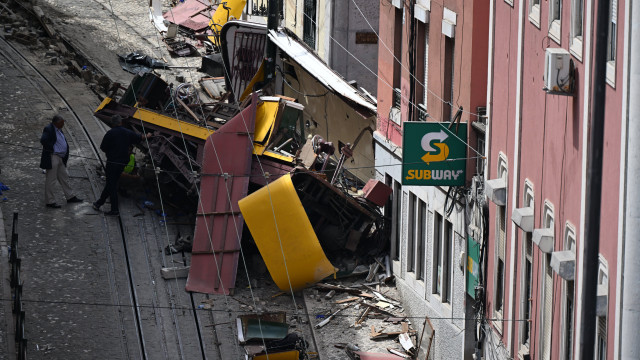
In the cable procurement process for the Elevador da Glória, Carris sent specifications for Santa Justa elevator cables to potential suppliers, which are different, failing to detect the mistake nor explain the error.
Lusa | 18:35 – 20/10/2025
Carris elevators and trams without independent oversight
According to information reviewed, it is detailed that elevators like Glória and Lavra in Lisbon, as well as Carris trams, are not under the supervision of the Mobility and Transport Institute (IMT) and are only overseen by the managing company itself.
The report released today notes that GPIAAF “found that the electric trams” of Carris “are in the same situation [without independent oversight], as there is no legal framework for the technical and safety regulation of tram systems operating on non-reserved roads.”
“Thus, the safety conditions of historic, modernized or modern trams circulating on public roads in common with road vehicles, both at service entry and during their life,” are not subject in Portugal to “compliance with any rules other than those defined by the company itself, nor primarily, to any type of independent supervision,” concluded GPIAAF.

The findings are part of the preliminary report by the Aircraft and Railway Accident Investigation Office (GPIAAF) on the Glória elevator accident on September 3.
Lusa | 18:39 – 20/10/2025
GPIAAF detects maintenance failures and lack of oversight
The GPIAAF report also mentions that inspections scheduled for the accident day “are recorded as completed, although there is evidence they were not carried out at the time indicated in the corresponding log sheet.”
“During the operation period of the elevator, a service provider worker observed vehicles and spoke with the brakemen several times,” the investigation notes, mentioning the existence of a daily, weekly, monthly, and semi-annual maintenance plan.
Investigators stated that “although the contractually provided and planned maintenance actions were recorded as completed in a self-registration system, to which Carris has direct access, evidence was gathered that such records do not correspond to tasks actually performed.”
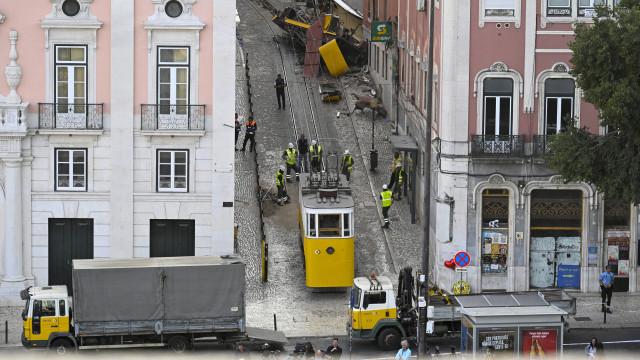
The Glória elevator accident, which occurred on September 3, caused 16 fatalities and approximately 20 injuries, affecting Portuguese and foreign nationals of various nationalities.
Lusa | 18:35 – 20/10/2025
What now?
The investigation into the Glória elevator accident further advises Carris to “not reactivate the elevators without a re-evaluation by a funiculars-specialized entity of the cable fixings and brakes, in line with European standards, respecting the historical protection of these transports but without compromising safety.”
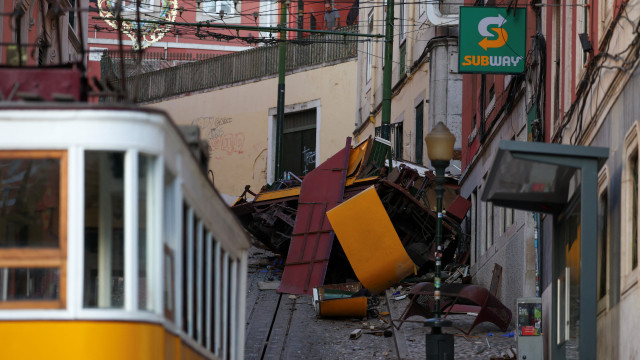
The investigation recommends that Carris not reactivate Lisbon’s elevators “without a re-evaluation by a specialized entity,” and that the Institute for Mobility and Transport (IMT) implements an appropriate regulatory framework.
Lusa | 18:38 – 20/10/2025
It is further recommended that the IMT, in line with European Union regulations, “promotes an appropriate legislative or regulatory framework to ensure that all funiculars and other similar public transport systems are properly framed from a technical and supervision standpoint.”



